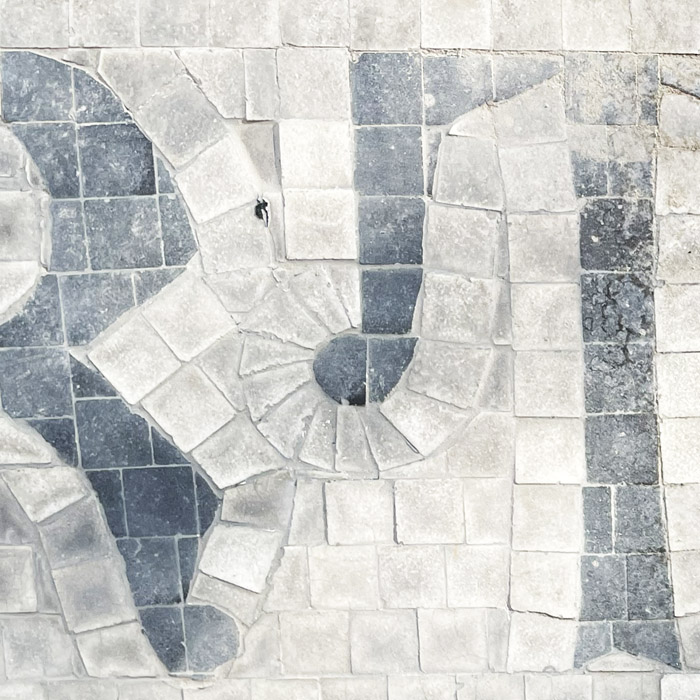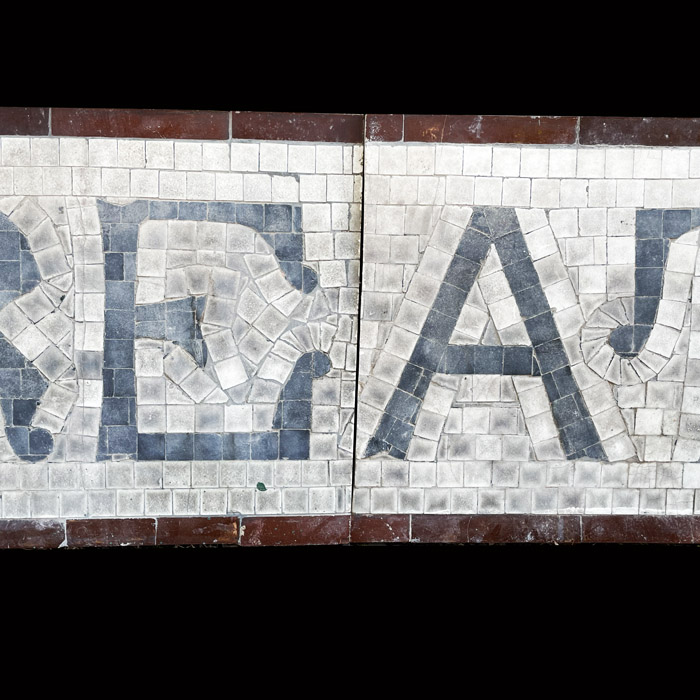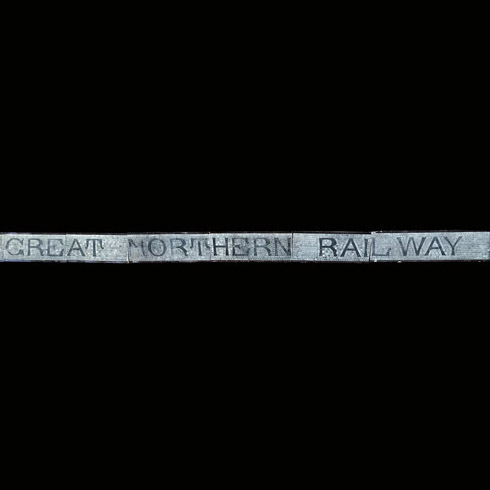An historic "GREAT NORTHERN RAILWAY" mid Victorian wall mosaic advertising frieze
c.1877, removed from the former Mary Abbott & Co. Coal Yard, Limehouse, East London in 1993
Archived Stock - This item is no longer available
An historic “GREAT NORTHERN RAILWAY” mid Victorian wall mosaic advertising frieze
the second half of a 57foot mosaic, now at 18feet, the tessellated tiles, unglazed, forming black lettering on a white ground, the frieze framed in brown glazed tiles, cut into panels on removal and later set onto a concrete backing,
SOLD OUT
Out of stock
| Dimensions: | 39cm (15¼") High, 548cm (215¾") Wide, 6cm (2¼") Deep |
| Stock code: | 45881 |
| Categories: | |
| Location: |
John Abbot founded a coal delivery business in 1794 at St. Ann’s Farm off Burdett Road in East London – with a frontage onto the Limehouse cut it became St Ann’s Wharf. The business, later known as Mary Abbott and Co. traded there through many generations until 1967.
From about 1875, Abbott’s began to operate their deliveries from several additional railway coal depots, starting with a depot at the Great Eastern Coal Depot in Whitechapel. Two years later they acquired the newly opened Great Northern Coal depot at Prestage Street, Blackwall. By 1881 they had five depots, in addition to their main yard at St. Ann’s Wharf. Perhaps they had over-stretched the business but they were soon out of the Whitechapel yard and by 1884 they had retreated, and only had the Blackwall yard in addition to St. Ann’s Wharf.
In their time of expansion, in 1877, it’s thought that when building a new brick curtain wall around the yard along Burdett Road, the firm felt it should proudly advertise its expanding empire and a smart mosaic frieze should embellish the wall:
“[Also at(?)] GREAT EASTERN RAILWAY WHITECHAPEL … AND GREAT NORTHERN RAILWAY BLACKWALL”
…either side of the central gateway. With the retraction of the business the mosaic must have remained as a somewhat hubristic reminder of their bold venture to expand the business. It is known that the wall to the south of the gateway was demolished in 1887, as Abbott’s developed some of their land, building a row of four houses there. The first half of the mosaic therefore disappeared with that demolition; if salvaged, its whereabouts is unknown.
And the Northern half: “AND GREAT NORTHERN RAILWAY BLACKWALL” remained.
It remained in situ for over a century, until June 1994, when it was demolished to make way for an extension to what by then was the neighbouring Royal Mail sorting office. And by then the second half of the mosaic had long been covered over with painted signwriting – white on black – and half obscured by an advertising hoarding. English Heritage and the Tower Hamlets local authority uncovered the lost mosaic and tried to save the wall but it came down. The mosaic was however prised off and salvaged in sections and preserved with a poured concrete backing.
The tessellated tiles are unglazed and today are still bearing ingrained coal-dust and London grime.
In a further act of truncation LASSCO had the opportunity to satisfy a unique and rather peculiar request to sell the “AND” and the “BLACKWALL” only. This we did – leaving a neater, and at 18′, a more manageable frieze: “GREAT NORTHERN RAILWAY”.
You may also be interested in these items
-
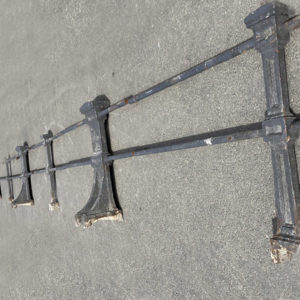
A unique run of very early English cast-iron railway parapet railing
£5,000 the lot Stock code: 45880A unique run of very early English cast-iron railway parapet railing
comprising six stanchions, three each of large and small - alternating, decorated with recessed panels and linked with two cast iron rails running through them; very heavily sand-cast, old paint, the rails cut for removal,Dimensions: 111cm (43¾") High, 1154cm (454¼") WideStock code: 45880£5,000 the lot
Recently Viewed Items
-
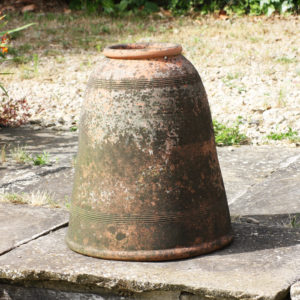
An English terracotta seakale or rhubarb forcer,
Stock code: 44976An English terracotta seakale or rhubarb forcer,
the tapered pot with beautiful patina,Dimensions: 57cm (22½") High, 47cm (18½") WideStock code: 44976 -
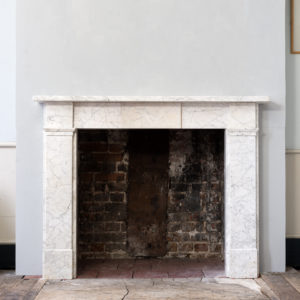
Victorian Pencil Vein marble fireplace,
Stock code: NF0162Victorian Pencil Vein marble fireplace,
the plain shelf over frieze with central plaque, on pilaster jambs.Dimensions: 116cm (45¾") High, 148.7cm (58½") Wide, 19cm (7½") Deep, Opening width 96.5cm x 96cm high, Outside jamb to jamb width 138.5cm.Stock code: NF0162

